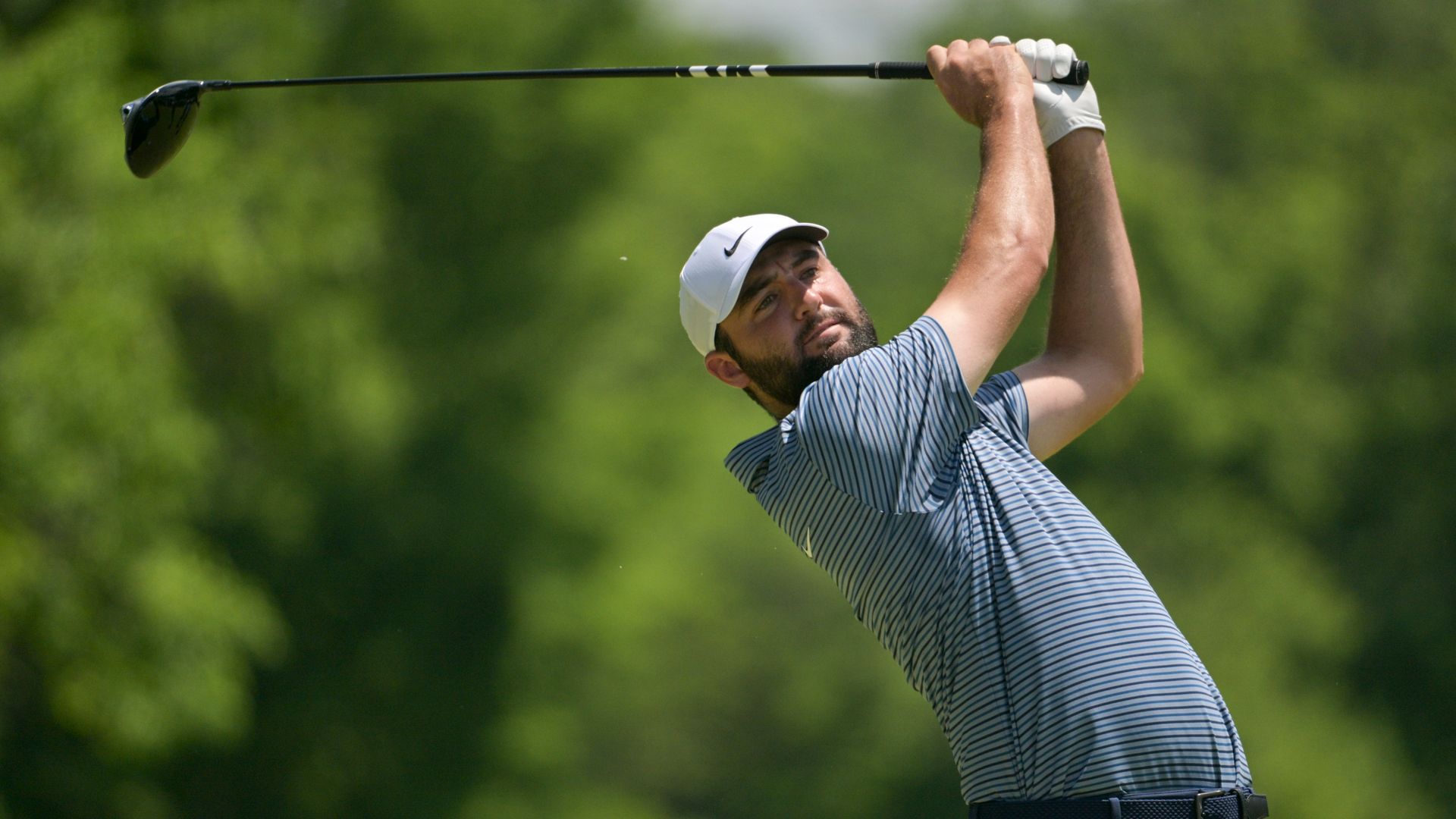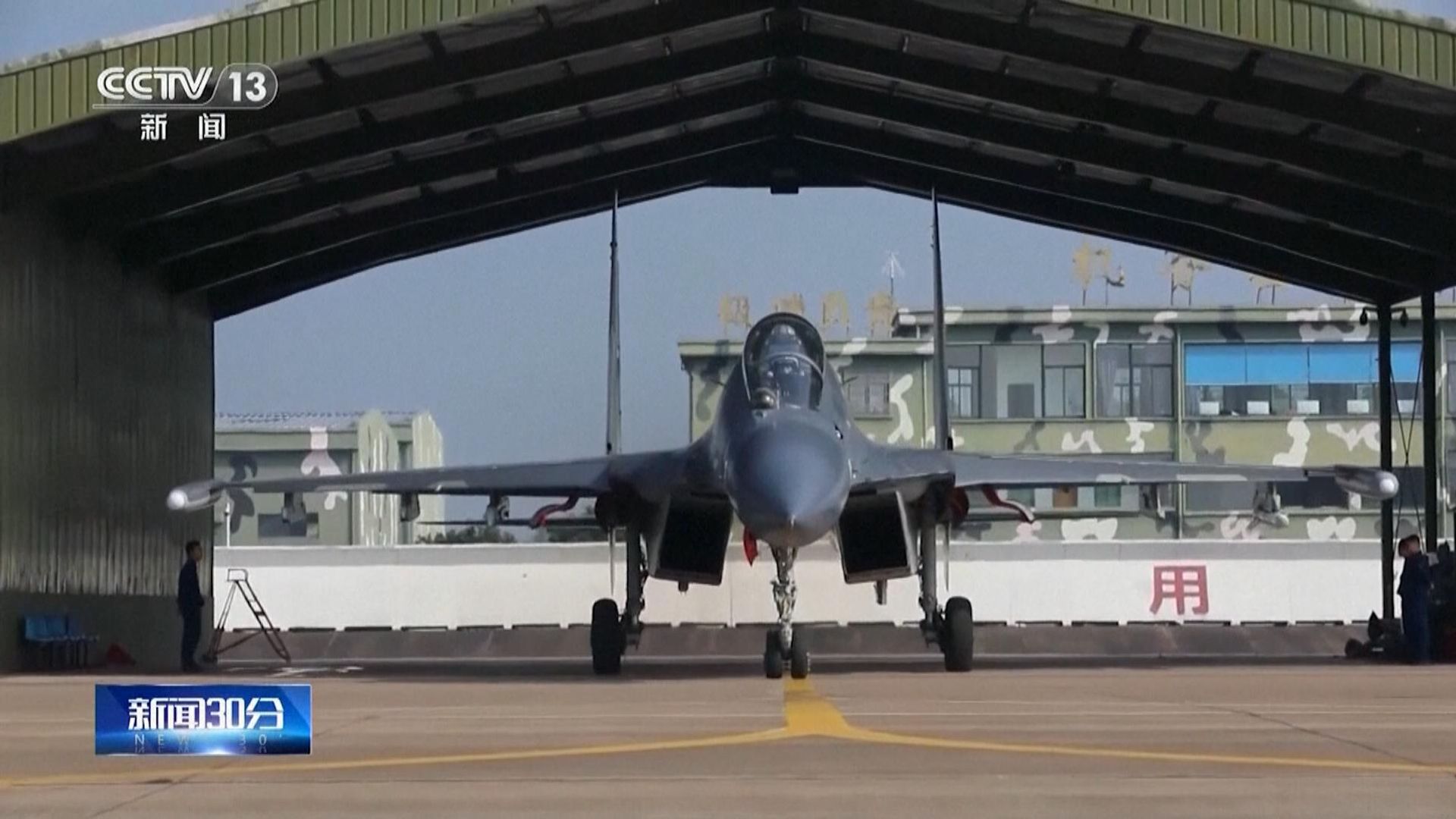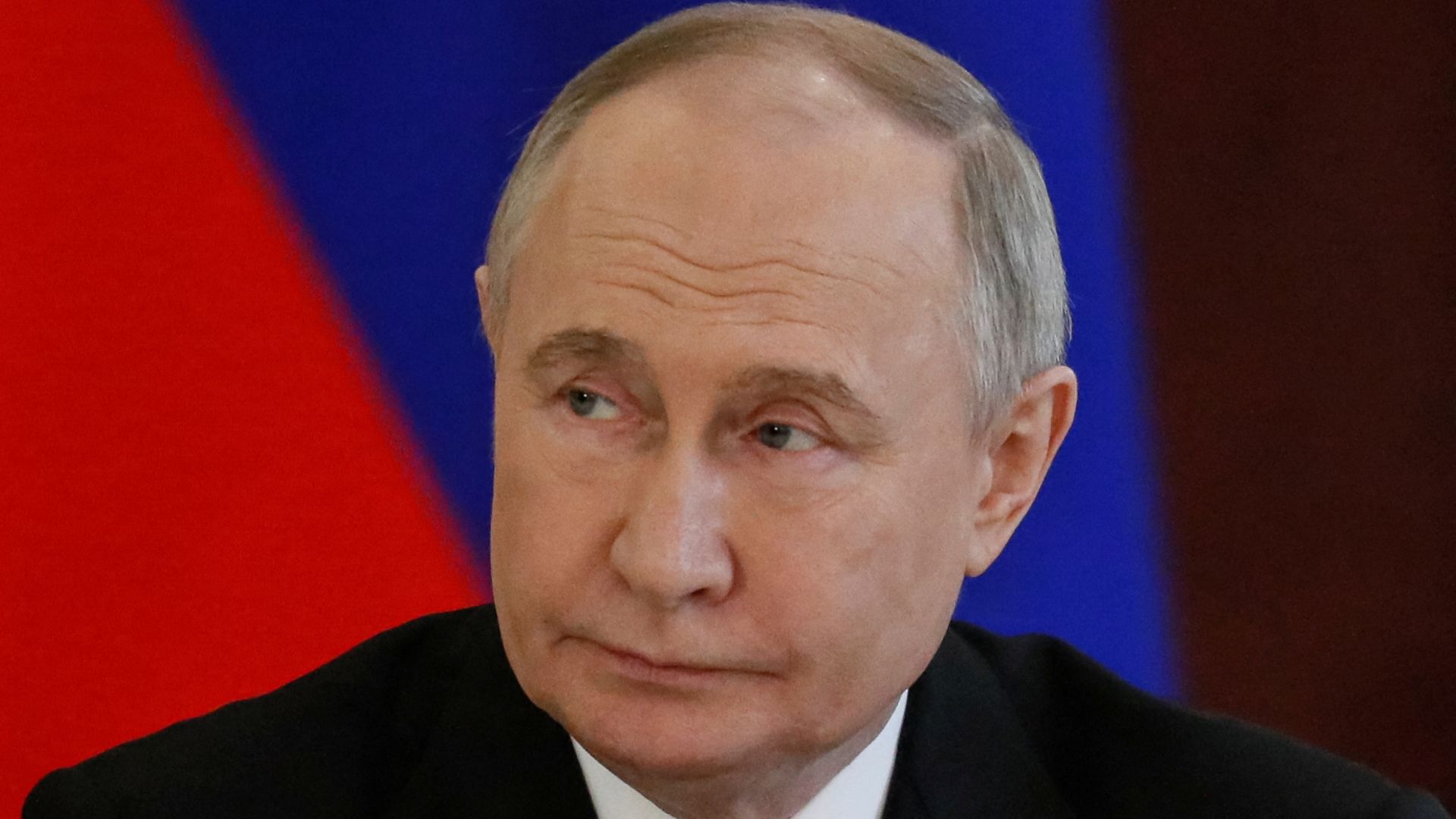A police officer who arrested world number one golfer Scottie Scheffler has been disciplined for not having his bodycam on during the incident.
Scheffler was dramatically detained ahead of the second round of the PGA Championship last Friday in Louisville, Kentucky, after he reportedly tried to drive around a traffic jam outside Valhalla golf club caused by a fatal accident.
The 27-year-old later said he was “rattled” by the experience, which saw him charged and a police mugshot released of him wearing an orange jail-issue jumpsuit.
Please use Chrome browser for a more accessible video player
Louisville Detective Bryan Gillis has now been subject to “corrective action” for failing to activate his body-worn camera during the pre-dawn encounter in which he claimed he was “dragged/knocked down by the driver”.
Police have already released a video from a street camera that appears to show Scheffler’s car turning into the golf club entrance, prompting an officer to run toward the vehicle and apparently strike it as it comes to a stop.
The camera is too far away to capture the full details of the incident.
Another video released by authorities from a police vehicle dashcam shows Scheffler in handcuffs as he is taken away by officers.
Scheffler was arrested on charges that he injured Gillis and disobeyed commands, but the golfer said “he never intended to disregard any of the instructions” and that the incident was caused by a “big misunderstanding”.
Scheffler’s attorney Steve Romines has said his client was not at fault.
“Our position is the same as it was last Friday, Scottie Scheffler didn’t do anything wrong, we’re not interested in settling the case,” Mr Romines said.
“We’ll either try it or it will be dismissed.”
The city’s police chief pointed out officers are expected to maintain their body-worn cameras in a “constant state of operational readiness”.
Jacquelyn Gwinn-Villaroel, head of the Louisville Metro Police Department, said: “Detective Gillis should have turned on his body-worn camera but did not.
“His failure to do so is a violation of LMPD policy on uniforms and equipment.”
Read more on Sky News:
Could Grimsby give Hollywood a run for its money?
Sean Kingston’s home raided ‘over $150,000 TV payment’
An internal investigation report said Detective Gillis should have at least had his camera on in standby mode while directing traffic before the incident with Scheffler.
Chief Gwinn-Villaroel said the officer had “received corrective action” for the breach.
He had to complete a “failure to record” form as required by policy, was “counselled by a member of his command” and a “performance observation” was completed.
Detective Gillis had said he was requested to respond to a fatal accident at Valhalla when he saw Scheffler’s vehicle “travelling in the opposing lanes coming at me.”
Gillis, who approached Scheffler’s car on foot, wrote in an arrest report that the driver “refused to comply and accelerated forward, dragging” him to the ground.
He said his uniform trousers were damaged in the fall and he was taken to the hospital for his injuries.
Just hours later, after being carted off in handcuffs and a spell in jail, Scheffler returned to the golf course and eventually finished the tournament tied in eighth place on Sunday, which was enough to secure prize money of about $520,000 (£409,000).
He is due to return to Louisville on 3 June to face four charges, including second-degree felony assault of a police officer.
Keep up with all the latest news from the UK and around the world by following Sky News
Louisville police’s current body camera policy was introduced following controversy in 2020 after officers shot Breonna Taylor, a 26-year-old Black woman who was killed during a botched drug raid.
At the time, the plain-clothes officers who served the warrant and fired at Taylor were not required to wear body cameras.
Be the first to get Breaking News
Install the Sky News app for free
The new policy required all officers to turn on the camera “prior to engaging in all law enforcement activities and encounters.”
The police chief at the time of Taylor’s death was later fired when officers at the scene of another fatal shooting failed to turn on their body-worn cameras.








